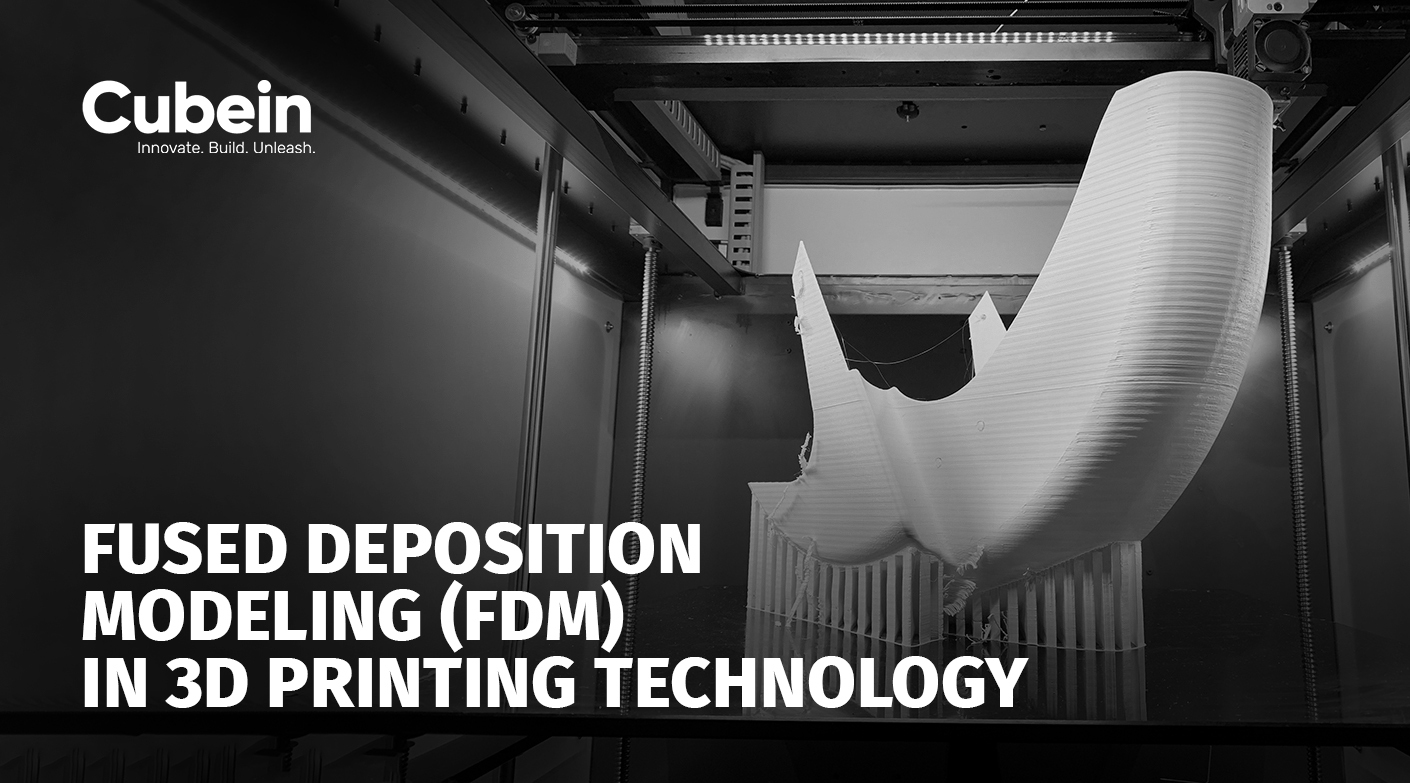The history of 3D printing is a captivating journey marked by innovation, creativity, and technological breakthroughs. From its humble beginnings as a niche prototyping tool to its current status as a transformative force across industries, the evolution of 3D printing has been remarkable. This technology has revolutionized manufacturing, healthcare, aerospace, and beyond, offering unprecedented possibilities for design, customization, and production.
In this blog, we are delving into the origins and milestones of 3D printing and unveil a narrative rich with pioneers, groundbreaking inventions, and paradigm shifts that have reshaped the way we conceive and create objects in the digital age.
The 1980s: The Genesis of 3D Printing Techniques
In the early 1980s, the seeds of 3D printing were sown, marking a transformative era in manufacturing technology. Dr. Kodama’s pioneering work in rapid prototyping laid the groundwork for the layer-by-layer approach, akin to today’s Stereolithography (SLA). However, the absence of a timely patent filing hindered its immediate progress.
Meanwhile, a French engineering team explored stereolithography but abandoned it due to commercial viability concerns. Concurrently, Charles Hull emerged as a pivotal figure, founding 3D Systems Corporation and introducing SLA commercially in 1988 with the SLA-1.
Carl Deckard’s 1988 patent for Selective Laser Sintering (SLS) at the University of Texas marked another milestone. This technique fused powder grains using a laser, expanding the horizons of 3D printing.
Simultaneously, Scott Crump, co-founder of Stratasys Inc., patented Fused Deposition Modeling (FDM), a process where thermoplastic material is extruded layer by layer. In less than a decade, SLA, SLS, and FDM emerged as the cornerstone technologies of 3D printing, ushering in a new era of manufacturing possibilities.
The 1990s: Advancements in 3D Printing and CAD Tools
The 1990s marked a period of rapid progress in 3D printing technology and CAD tools. In Europe, EOS GmbH pioneered industrial-grade SLS systems, while Stratasys patented FDM technology. ZCorp introduced binder jetting, and Arcam developed Selective Laser Melting. Concurrently, the emergence of specialized CAD tools, exemplified by companies like Sanders Prototype, fueled the design process. Charles Hull’s contributions were honored with the European Inventor Award in 2014, symbolizing the transformative impact of his work.
The 2000s: 3D Printing Takes Center Stage
The turn of the millennium ushered in a new era for 3D printing, marked by groundbreaking advancements and increased media visibility.
In 2000, the world marveled at the first 3D printed kidney, foreshadowing future breakthroughs in organ transplantation. Thirteen years later, this technology realized its potential with successful kidney transplants, revolutionizing healthcare.
2004 witnessed the inception of the RepRap Project, introducing self-replicating 3D printers and democratizing access to FDM technology. This open-source initiative fueled the proliferation of desktop 3D printers, captivating the maker community worldwide.
ZCorp’s launch of the Spectrum Z510 in 2005 heralded a new era of high-definition color 3D printing, pushing the boundaries of visual fidelity in additive manufacturing.
By 2008, 3D printing gained further acclaim with the introduction of the first fully 3D printed prosthetic limb. This landmark achievement showcased the potential of additive manufacturing in healthcare, offering customizable and cost-effective solutions for patients.
In 2009, a significant milestone occurred as FDM patents expired, sparking a surge of innovation in FDM 3D printers. This led to a drop in desktop 3D printer prices, making the technology more accessible and increasing its visibility. Concurrently, Sculpteo’s online 3D printing service was launched, pioneering the now thriving sector of online 3D printing services. This marked another crucial step towards democratizing access to 3D printing technology.
The 2010s: 3D Printing’s Rise to Prominence and Innovation
The 2010s heralded a transformative era for 3D printing, marked by increased visibility, innovation, and widespread adoption. With the expiration of FDM patents, the technology became more accessible, revolutionizing prototyping and production for businesses. President Barack Obama’s recognition of 3D printing in his 2013 State of the Union speech catapulted it into the mainstream consciousness, shaping policy decisions and public perception.
In the automotive sector, the debut of Urbee, the first 3D printed car in 2010, signaled a paradigm shift towards additive manufacturing. Today, 3D printing is integral to automotive manufacturing, from tooling processes to the production of car parts, offering solutions to new challenges and driving innovation.
Technological advancements have propelled 3D printing forward, with new printers emerging regularly, boasting increased efficiency, speed, and access to a wide range of materials. Innovations like CLIP (DLS) by Carbon have revolutionized the printing process, enhancing speed and accuracy.
The diversity of 3D printing materials continues to expand, catering to diverse industry needs. From bone printing in Daniel Kelly’s lab to concrete printing by startups like XtreeE, the applications of 3D printing span across various sectors, including construction. The advent of 3D printed houses, with the first family moving into one in 2018, underscores the transformative potential of additive manufacturing in revolutionizing traditional industries.
In conclusion, the journey through the history of 3D printing is a testament to the relentless pursuit of innovation and the transformative power of technology. From its inception in the 1980s to its widespread adoption and innovation in the 2010s, 3D printing has reshaped industries, revolutionized healthcare, and empowered individuals worldwide.
As we look towards the future, the possibilities presented by additive manufacturing are limitless. With continued advancements in technology and materials, we can anticipate even greater breakthroughs and applications across diverse sectors. The evolution of 3D printing serves as a compelling narrative of human ingenuity, creativity, and the relentless pursuit of progress.














